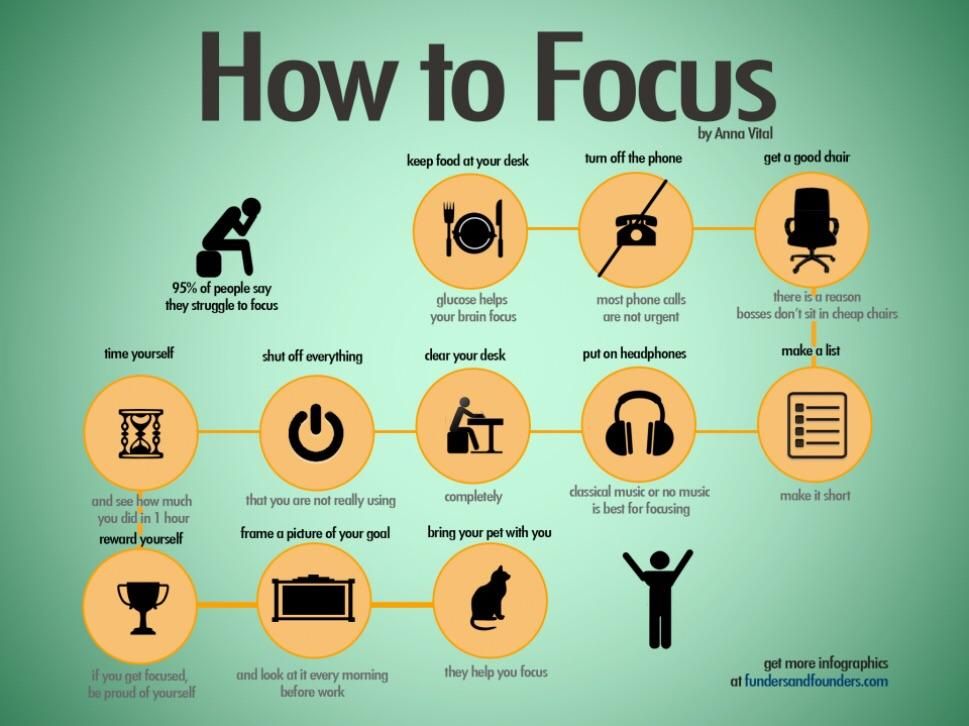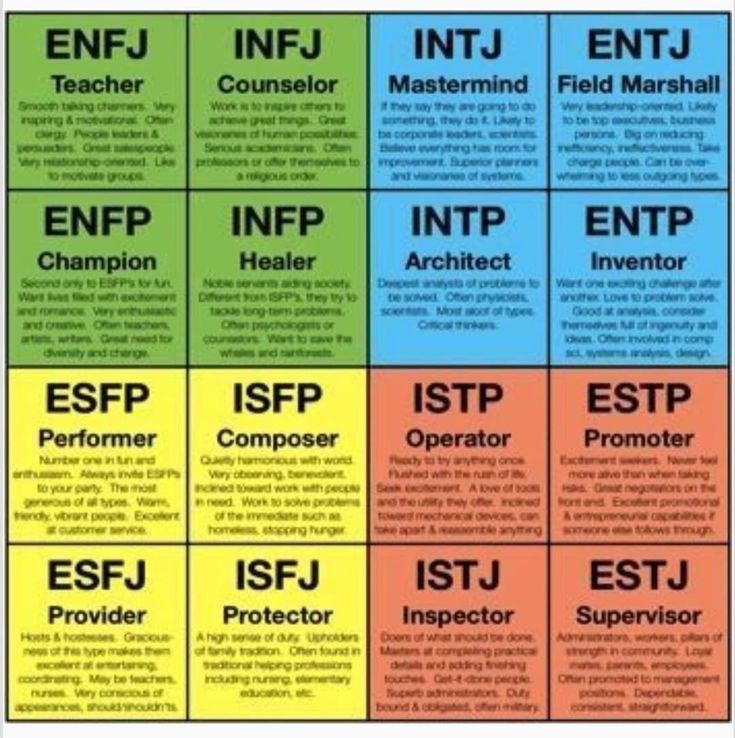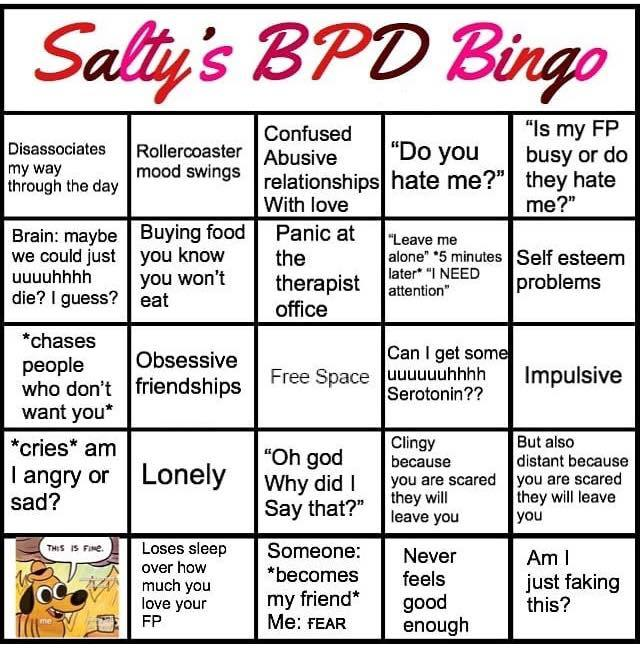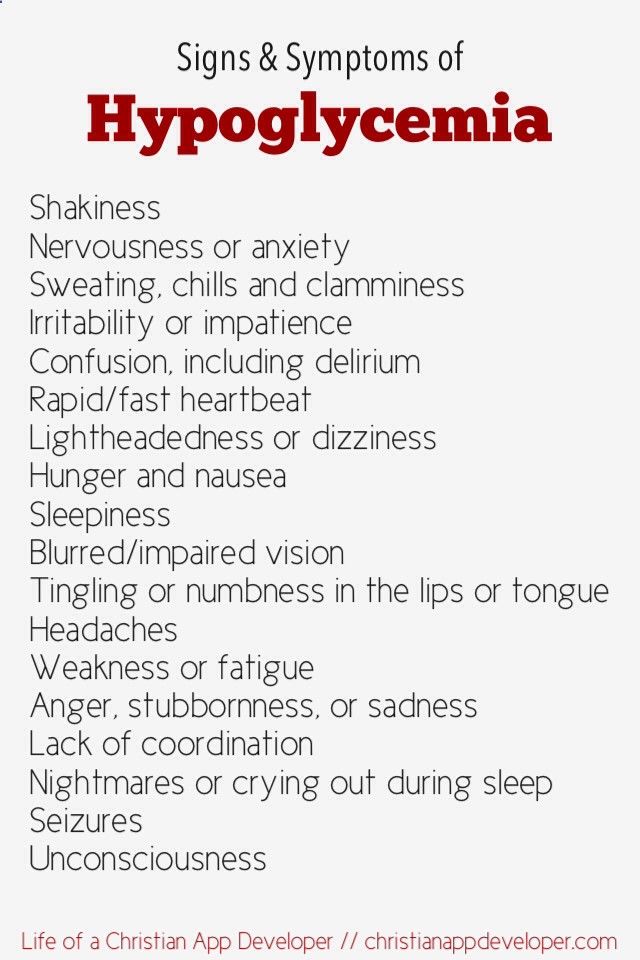Adhd reading tips
ADHD and Reading: Challenges and Helpful Tips
Children and students with ADHD may have difficulties with reading-related challenges, but help is available.
Many people enjoy cuddling up on the couch with a book as a way to wind down. But people with attention deficit hyperactivity disorder (ADHD), especially children, might find reading much more frustrating than relaxing.
This is because those with ADHD tend to experience reading problems.
ADHD is a common neurodevelopmental disorder that impacts children and adults differently, but many people report reading difficulties with ADHD.
So how does ADHD affect reading comprehension? It can be challenging for many reasons, including difficulty with:
- focusing
- memory and retention
- processing information
- sitting still
- managing time
- managing distractions (e.g., distracting thoughts or stimuli in the environment)
“Given difficulties with sustained attention, reading can be particularly difficult as kids often report rereading passages over and over again given lack of focus and being easily distracted,” says Angelique Snyder, Psy. D., a pediatric psychologist at the Children’s Hospital of San Antonio.
“Their inability to focus and concentrate may make it harder for them to visually track information and retain what they just read, so both their reading speed and comprehension can suffer,” adds Dr. Judy Ho, board certified clinical neuropsychologist and a psychology professor at Pepperdine University.
A 2019 study suggests that reading disabilities and ADHD typically co-occur. Snyder notes that kids with ADHD also tend to have comorbid learning disorders, which can affect reading.
Reading difficulties can be challenging. Here’s how you can address your concerns.
For parents of children with ADHD
Snyder recommends first ruling out a reading or learning disability. She says parents can request this testing through their schools.
“If [one] is present, schools should provide additional support to kids to help with reading (e.g., small group instruction, material read aloud to them, etc.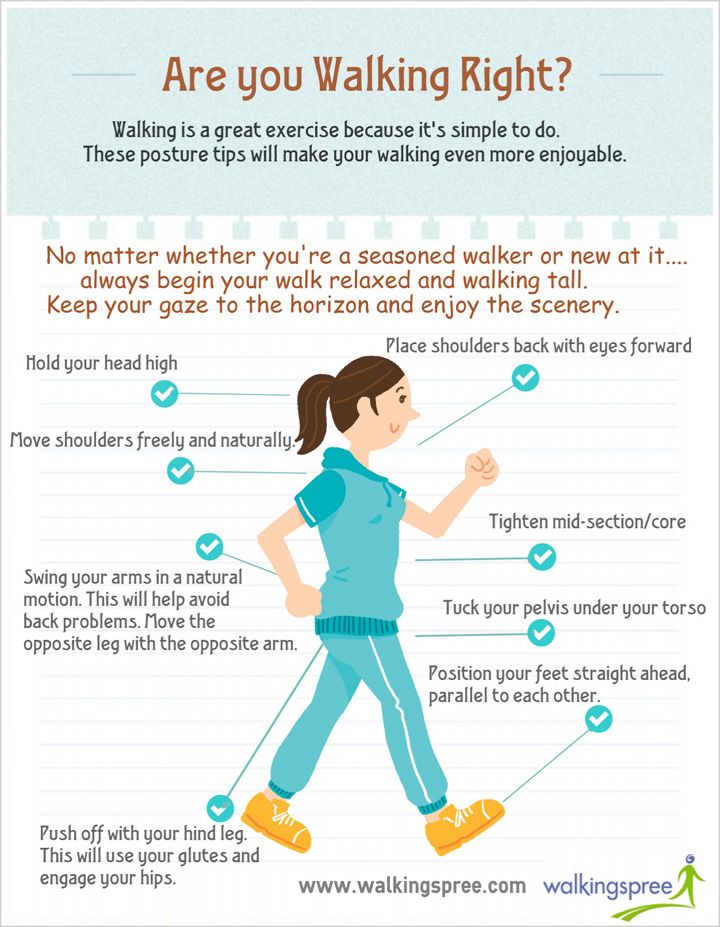 ),” Snyder says.
),” Snyder says.
“Make sure to communicate with teachers regularly, and ask for some additional support in the classroom from aides or the teacher to help the student engage in learning activities,” adds Ho.
Another 2019 study indicates that ADHD is associated with poor school performance, including lower grades and test scores. Early intervention and accommodations can help children perform better inside and outside of the classroom.
The Centers for Disease Control and Prevention (CDC) offers a list of resources that may assist children and students with ADHD in school.
If you feel your child may be experiencing reading problems, Jocelyn Patterson, MPS, a licensed medical health professional, encourages you to ask questions.
“Ask your child about their experience. It will be so much easier to find a solution if you have a clear vision of what the problem is,” she says.
She also recommends asking other parents if they’ve experienced something similar.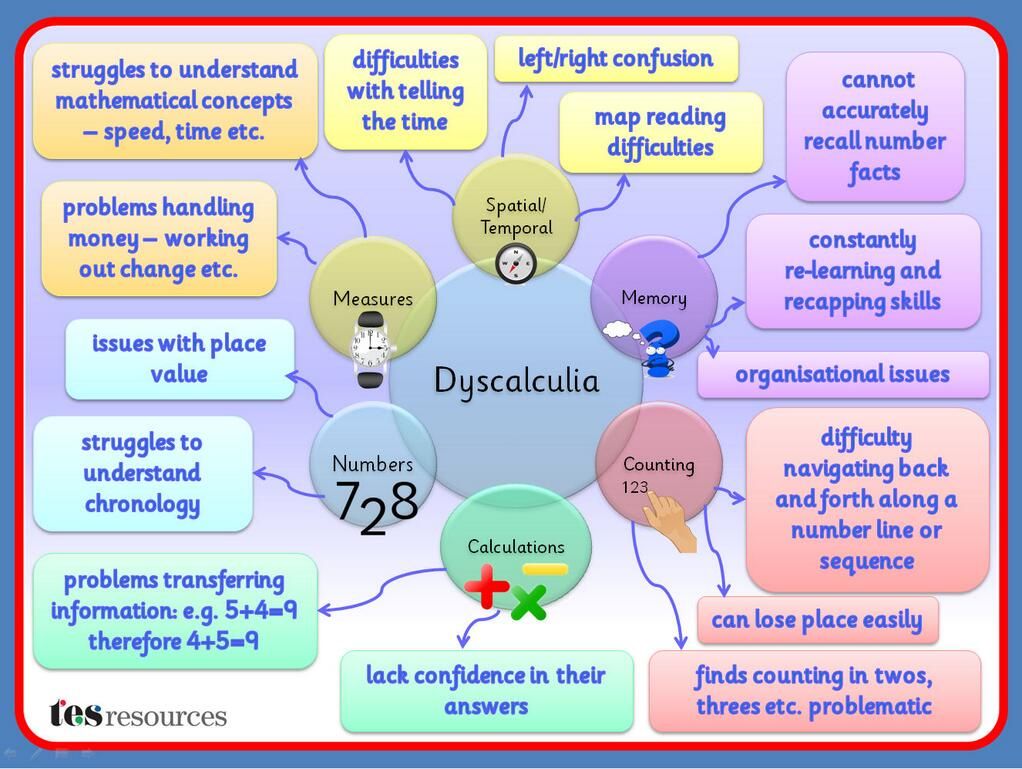 “While asking a professional is encouraged, sometimes people who have been there can find the most creative and impactful solutions.”
“While asking a professional is encouraged, sometimes people who have been there can find the most creative and impactful solutions.”
A pediatrician or child psychologist may also be able to evaluate and diagnose your child with ADHD and offer further support.
For adults and students with ADHD
Therapy can also help you better learn how your brain works and offer helpful coping strategies for reading with ADHD, especially when it becomes frustrating.
“Seeking the support of a [psychologist] to evaluate specific concerns can help outline a comprehensive intervention plan and assist in seeking accommodations from high schools, universities, and placement exams boards to ensure success,” says Ho.
“For older students and adults, it’ll be important to continue to challenge yourself and build reading skills by learning and adopting strategies to help with reading speed and comprehension,” she adds.
Children, students, and adults with ADHD may improve their reading skills with the following tips.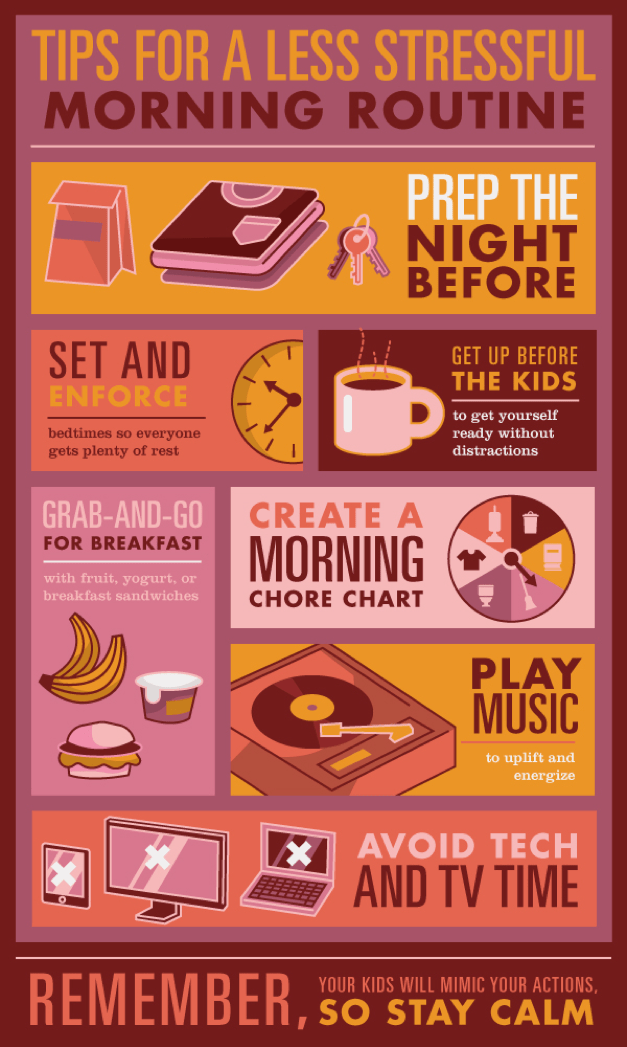
Take breaks
Beat time management and focus challenges by taking breaks during reading sessions.
“To maximize stimulation, kids benefit from short intensive periods of instruction broken up by frequent breaks, especially ones that incorporate movement,” says Snyder.
Ho recommends using the Pomodoro Technique. Using an alarm, read for 25 minutes, then take a 5-minute break, then repeat. Take a longer break after four times, then re-engage with the material.
“This will help focus and concentration in short spurts, and you will be more efficient and get more accomplished,” she says.
Break up lengthy chapters or organize tasks into smaller ones, too. Ho explains that doing this can better work the information into your memory and make it easier to recall.
Consider active reading
You can practice active reading in many ways, including:
- using pens or highlighters to annotate or track words while reading
- reading out loud
- writing notes in the margins or on a separate piece of paper
- picking interesting books and content to read
- quizzing yourself on sections before moving on (only if this task isn’t stressful)
- drawing pictures of what you just read to better understand concepts
Reduce distractions
Because of distractibility issues with ADHD, helping children practice reading in a way that doesn’t feel overwhelming is key to reducing frustration, Ho says.
Snyder recommends reading or having your kids read in a space that limits distractions. This may help them to stay focused and better absorb reading material.
Communicate about challenges
Prioritize honest and open communication about any potential reading challenges. By talking about your experiences, you can receive help and the necessary accommodations to succeed in school.
Ho recommends that parents chat with their kids about reading. “Talk to them about where they struggle and discuss remedies and ways to help them conquer the areas they have difficulty in.”
Get creative
“The symptoms related to hyperactivity can make it tough to sit still, but no one ever said that you had to read while sitting down,” Patterson says. If you can, consider walking, pacing, or standing (in a safe place) while reading instead.
A wandering mind and loss of interest in the material are more likely to occur when the content is boring, too.
“Kids with ADHD avoid tasks that require sustained mental effort, so making reading fun will provide positive experiences to combat the often negative ones they experience,” says Snyder.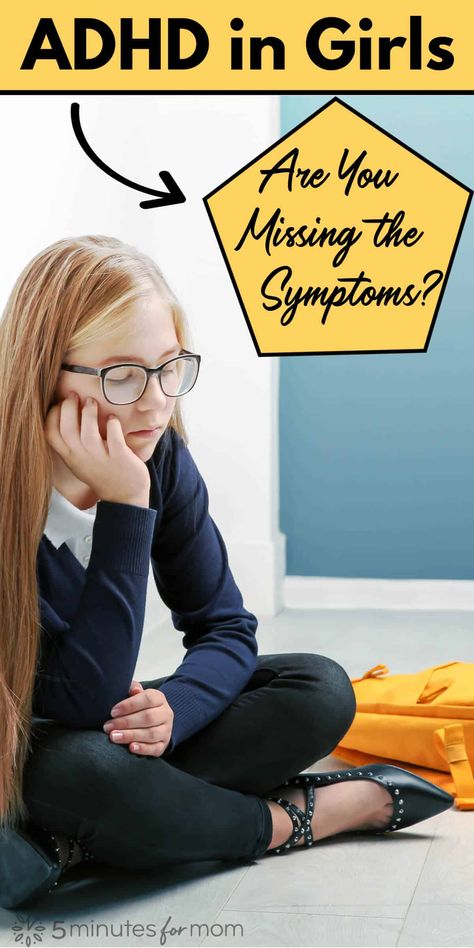
Especially for younger children, Ho recommends a reward system as they work on specific reading skills and accomplish milestones.
“Trial and error can be time-consuming, but not all solutions work the same way for everyone,” Patterson adds. Get creative with different strategies until you find something that helps.
Reading can be difficult and frustrating for children with ADHD. This is due to issues of focusing, managing distractions, and processing and retaining information.
If the condition isn’t managed during childhood, reading challenges may continue into high school, college, and adulthood.
Parents can help their kids improve reading skills with open communication and the help of a pediatrician or psychologist. Students and adults may find relief in talking with a therapist and practicing reading comprehension skills.
Some strategies that may improve reading skills in children and people with ADHD include:
- reducing distractions
- taking breaks
- getting creative
- making it more fun
ADHD may pose unique challenges when reading, but relief is possible and help is available. Consider seeing a mental health professional to figure out a treatment plan that works best for you or your child and learn how to improve the overall reading experience.
Consider seeing a mental health professional to figure out a treatment plan that works best for you or your child and learn how to improve the overall reading experience.
7 Reading Tips for People with ADD/ADHD
Despite my intense desire to read pretty much everything ever written, my neurobiology sometimes makes this task challenging. I have an exceedingly difficult time concentrating, which significantly impacts my reading life. If you have what I like to call “Tigger brain,” here are some things that I have found useful for increasing my literary productivity.
I’ve written before about how listening to audiobooks is my version of meditation. I can’t for the life of me sit still and think of nothing for more than five seconds, but having something interesting or exciting to listen to helps me bring my attention back to the present when I find my mind wandering. Dramatized audiobooks are particularly great for this purpose.
I think most people have trouble focusing on just one book at a time, so don’t beat yourself up if you can’t blaze through the latest bestseller in one sitting.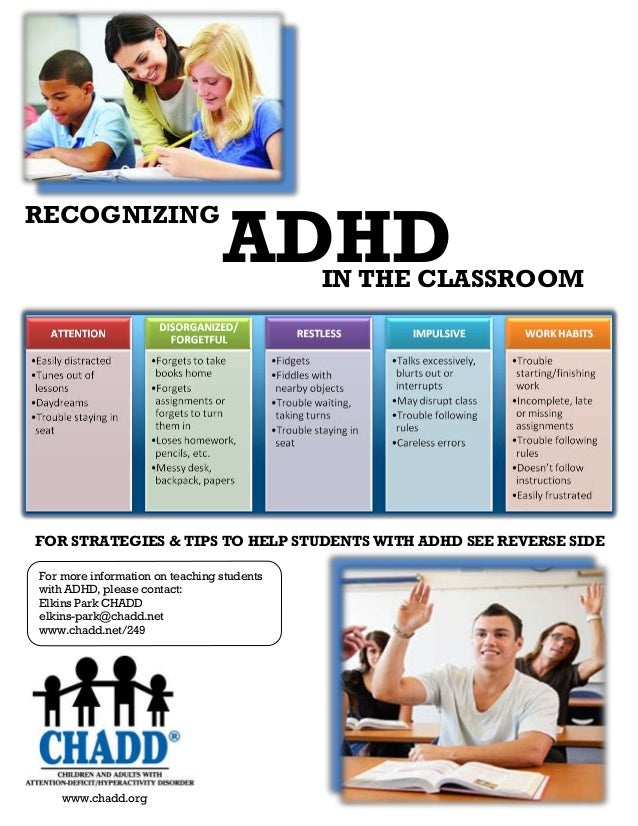 In the past I’ve overcompensated for my short attention span by having six or seven books going in any given week. This may work for some people, but I find it spreads my focus too thin. I finally found a system that works for me. I have five books going at once–one fiction, one nonfiction, one audiobook, one book on a research topic that I’m studying over a long period of time, and one inspirational/devotional daily reader to start my morning with.
In the past I’ve overcompensated for my short attention span by having six or seven books going in any given week. This may work for some people, but I find it spreads my focus too thin. I finally found a system that works for me. I have five books going at once–one fiction, one nonfiction, one audiobook, one book on a research topic that I’m studying over a long period of time, and one inspirational/devotional daily reader to start my morning with.
Every night before I go to bed I jot down my reading goals for the following day. Instead of focusing on one or two books every day, I try to read a little bit of each of the five books on my nightstand. This breaks things up enough that I don’t get bored or distracted. I don’t always succeed in meeting my goals, but having a checklist helps.
I’ve tried reading short books, but of course no one can do that all the time and it’s not nearly as satisfying. While it’s not possible to do this every time, I try to select books that have short chapters or chapters that are broken up into small sections.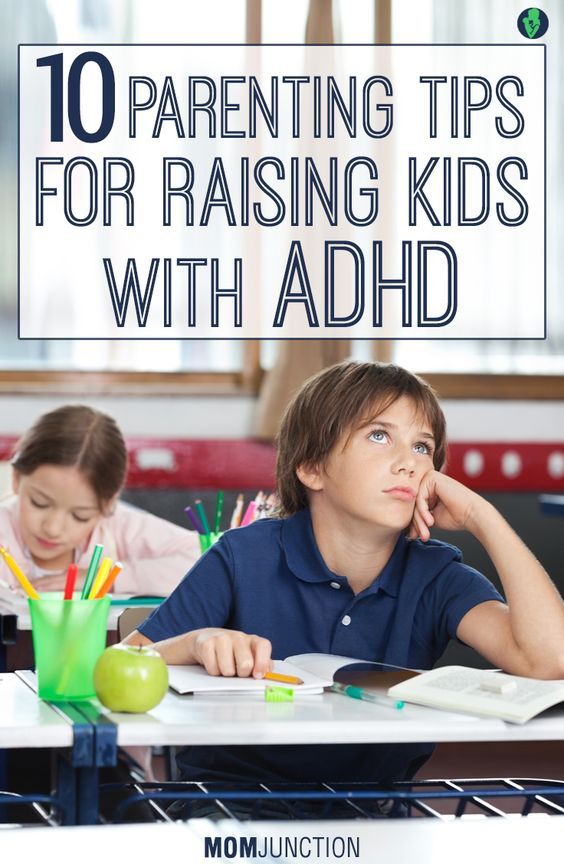 I love to read those long popular history tomes and, luckily, I’ve found that most of them have chapters that are divided into bite-sized portions.
I love to read those long popular history tomes and, luckily, I’ve found that most of them have chapters that are divided into bite-sized portions.
Illustrated books are just the best. I don’t let myself look at the illustrations until I actually reach them in the course of my reading, which gives me a reason to push forward a few more pages when I feel my attention wandering. Having a visual incentive is helpful and rewarding.
For someone with a decent level of concentration, the ebook format may not present a problem, but for me it provides way too many opportunities for distraction. Also, I don’t know if anyone else feels this way, but I also find it far less satisfying to finish an ebook than a paper book. Maybe it has something to do with the physical feeling of flipping that final page. Regardless, I’m sticking with the more tangible format.
I’ve always envied people who can read 100+ books a year without even trying. I have to take regular breaks and reread a paragraph or rewind an audiobook sometimes when I realize my attention has wandered.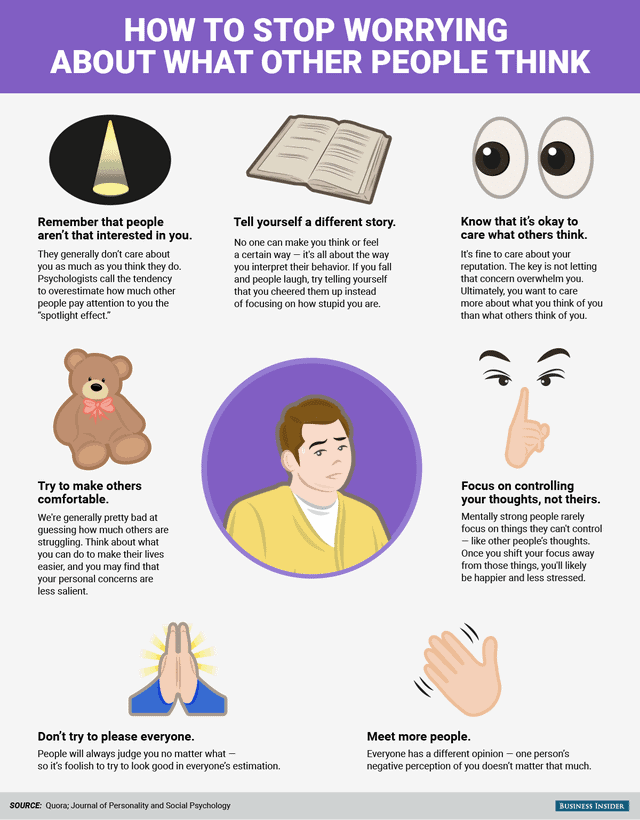 Some days I can’t focus long enough to read anything at all, and that’s okay. When you consider that 33% of high school graduates will never read a book after high school, I’m not doing too shabbily. Accept your limitations and celebrate your victories.
Some days I can’t focus long enough to read anything at all, and that’s okay. When you consider that 33% of high school graduates will never read a book after high school, I’m not doing too shabbily. Accept your limitations and celebrate your victories.
via GIPHY
Tips on how to organize Reading, Writing, Counting - for a child with ADHD
Reading, writing, counting. It's the core of the elementary school curriculum - but often the bane of a child with ADHD. Your child's teacher may not have the patience or experience to advise your child on how to handle these subjects in the most appropriate way for them. More on this topic: Criteria for the effectiveness of a psychologist with hyperactive children (ADHD)
You can help your child with this. Show him some creative learning techniques and you'll see the three basic skills take off: reading, writing, and numeracy.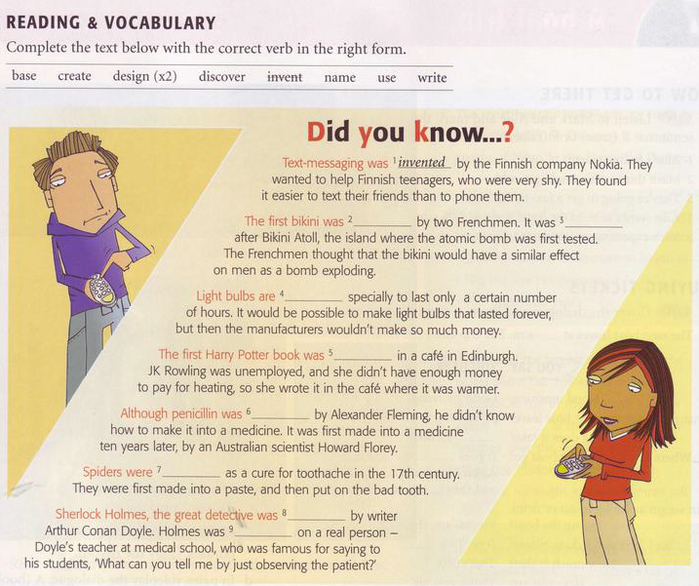
Reading
- Read not aloud, but silently! Aloud - this is on the control assessment. About myself - this is reality. So more efficient. (Comment by Vladimir Pugach).
- Follow your finger. Have your child read with a pointer or finger. This can help avoid wasted space, missing and repeating lines and words.
- Take notes. Have your child mark important paragraphs with icons so they can find them later. Label each topic with a specific icon: for example, a “smiley” for information about a character, a house for a description of the setting, an asterisk for important ideas.
- Set the reading pace. Have your child take a short breath at each comma and a normal breath at the end of each sentence. This will improve his reading speed and reading comprehension.
- Find six questions. As you read, focus on who, what, when, where, why, and how.
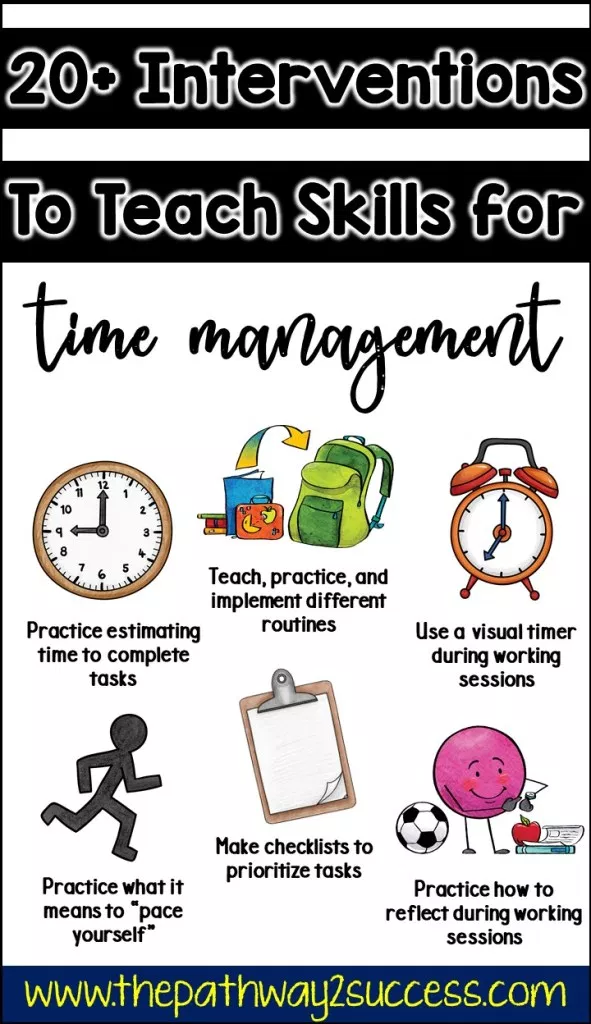 Help your child track them according to the pattern.
Help your child track them according to the pattern. - Imagine it. Help your child visualize the story while watching it like a movie. As he reads, the cinema must change. This will help him remember images, facts and ideas.
Letter
- Make a diagram. Have your child tell what they are going to write, then build a map or diagram. Have him write the main topic in the circle in the center of the sheet, then write the subtopics in other circles and connect them with steps to the main circle. This will enable him to articulate his thoughts and link them accordingly, regardless of the order in which they appear.
- Use story organizer. This is good for both reading and writing. Your child should make a list that includes images, setting (time and place), problem, goal, action, and solution. Write details under each heading.
- Draw it. Use diagrams or drawings to plan and tell a story.

Math
- Use games. Here is an example of multiplying by 9. Place your hands flat on the table, palms down, and write on each finger from left to right the numbers from 1 to 10. Multiplying 5 by 9, bend finger number 5 inward. The numbers in front of it will be tens, and after it will be units. Four fingers on the left, five on the right, that's 45. 5 x 9 = 45.
- Use improvised means. Practice calculations with dice, dominoes, even playing cards.
- Draw a picture. For example, if the task is to divide 48 cookies among 12 students, draw a plate for each student and divide the cookies among the plates. The vision of the problem helps children who are struggling to learn math in traditional ways.
- See sign. Have your child highlight the action sign (+, -, x , :) in each problem before starting to calculate. This anchors the model of the required calculation.

Karen Sunderhaft
Based on the article from the site http://wwww.additudemag.com/
Translation - ADHD Mom 9000
ATHG: Mamarade - Mamarada - Mamarada - Mamarada - Mamarada - Mamarade - Mamaras - Mamarade - Mamaras - struggling with Attention Deficit Hypermobility Syndrome (ADHD), there are several ways parents can support them.
How can I help a child with ADHD?
Approximately one in three people diagnosed with ADHD as a child will grow out of the condition and will not need treatment in adulthood. Children who receive specialized treatment tailored to their needs can often successfully learn strategies for coping with existing problems, improve academic performance, relationships with others, and coping life skills.
Diagnosis of ADHD requires examination by a specialist (child psychiatrist or pediatrician). The doctor evaluates the child's behavior patterns by observing, testing, and receiving reports on his behavior at home and at school.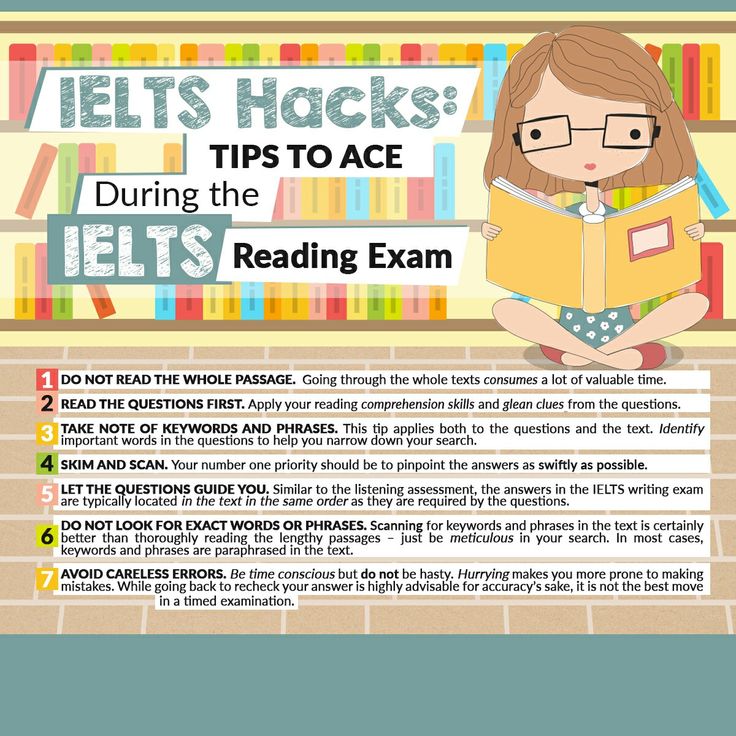 The information obtained can form the basis for an effective treatment plan so that the child can reach his full potential in life.
The information obtained can form the basis for an effective treatment plan so that the child can reach his full potential in life.
Key steps for parents of a child with ADHD
Here are key approaches that can really make a difference:
-
Contact your doctor or school if you are concerned that your child may have ADHD. An established diagnosis can help a child start receiving treatment and psychological help on time.
-
ADHD is a family problem. Make sure that all family members understand what is happening to the child, accept it not as a disaster, but as a common illness that the child needs help with, and try to maintain a balance of attention in the family.
-
Avoid giving your child with ADHD a "bad reputation" in the family.
-
It is important to maintain your personal boundaries and discipline and not put up with bad behavior such as disobedience, swearing or violence.
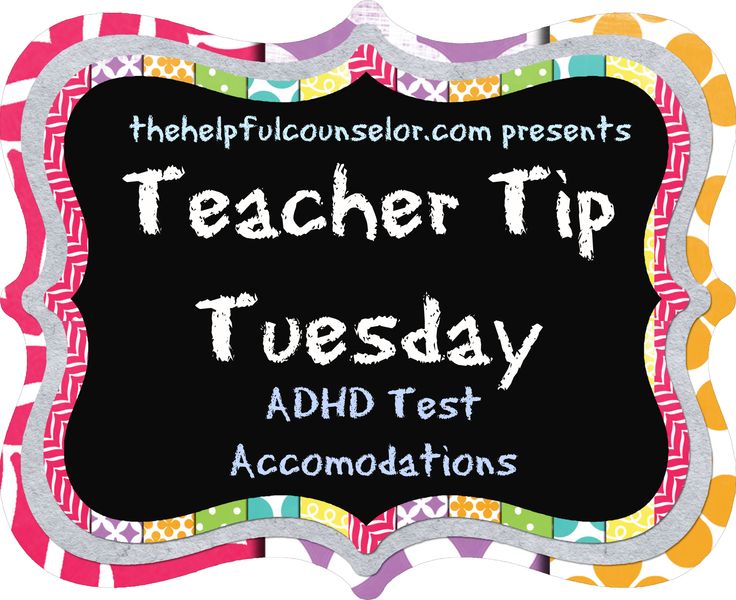
-
Make sure you are helping your child lead a healthy lifestyle through a balanced diet, regular physical activity and sleep patterns.
-
Give your child simple and clear instructions or requests - talk to him from a short distance, looking into his eyes, speak slowly and calmly.
-
Praise your child when he has done what is required, however small (but be careful not to overpraise).
-
Write lists of useful rules and post them somewhere in plain sight (refrigerator).
-
Break up your child's required time at the table, such as meals and homework, into small intervals, say 15-20 minutes.
-
Avoid feeding your child foods with food additives and dyes, as there is scientific evidence that children with ADHD are especially sensitive to them.
-
Find out about local parenting programs and support groups that can really help you cope better.

How do I deal with challenging behavior in a child with ADHD?
Children behave differently at different times. Feeling upset, sad, irritated, disappointed and many other emotions are a normal and healthy part of their lives. Many children go through the stages of setting and testing boundaries and are likely to be too provocative. This is especially true for children with ADHD. Sometimes younger children have tantrums, while older children may sometimes scream, rage, or even lash out at their parents or any obstacles or objects.
When we talk about "challenging behavior" we mean behavior that is persistent and difficult to manage for both the parent and the child. This includes things like:
-
Many outbursts of anger
-
Regular yelling, swearing and arguing
-
Aggressive actions: hitting, biting or kicking
-
Damage to things in the home or school
-
Malevolence or intimidation towards other family members or children
-
Constant trouble at school
The child's constant challenging behavior is tiring and demoralizing.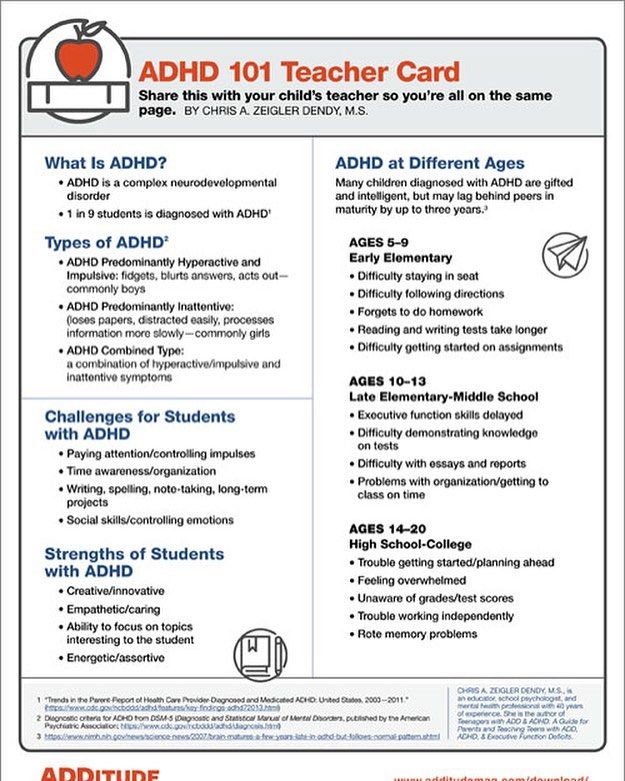 In families, this often results in everyone feeling less positive and comfortable.
In families, this often results in everyone feeling less positive and comfortable.
The child's behavior is a message about how he feels. When a child goes beyond acceptable limits, in order to understand the reasons for what is happening, you can imagine an iceberg. Complicated behavior is the tip, but there could probably be a range of emotions lurking underneath the surface. By starting to talk with the child, parents can learn more about how he feels and what is happening to him.
How to talk to a difficult child?
-
Find the right time and place to talk. It will be easier for your child to speak if you start a conversation during an activity.
-
Make it clear to the child that the problem lies in his behavior, and not in him as a person. Let your child know that it's okay to feel how they feel, whether it's sad, angry, anxious, or whatever, and that you can work together to find new ways to deal with these feelings.
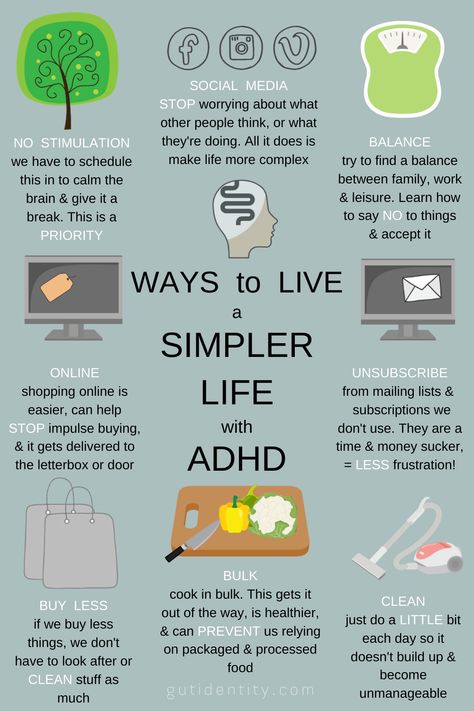
-
Explain why you don't like challenging behavior so that he understands. For example, you might say that while it's okay to be angry, it hurts other people when they hit.
-
Be curious, empathetic and open-minded. Focus on listening to the child and trying to understand things from their point of view.
-
Use simple phrases such as “I notice you yell a lot”, “I think something is upsetting you”, “I am worried that you are not happy” and “I need you to know that you can talk to me about what's going on."
-
Reassure your child that you love him and want to help him feel happier and learn to enjoy life.
How else can you help a child with defiant behavior?
-
Set clear boundaries and routines and stick to them as much as possible. You can do this by having a family agreement that includes such things as time limits for watching TV or playing computer games, meal times, and times to get out of bed and go to bed.
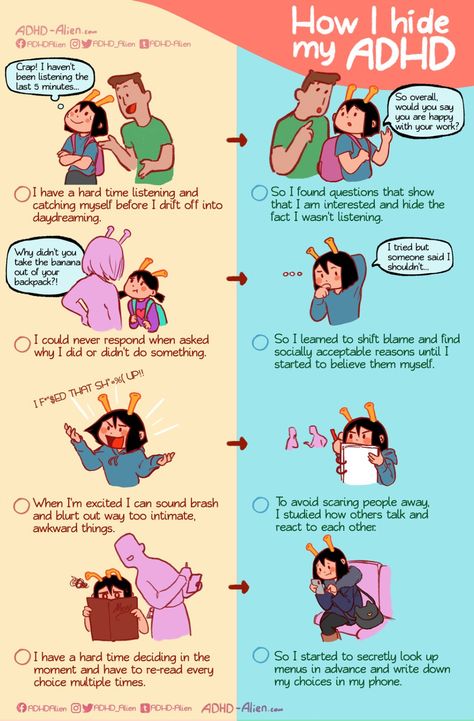
-
Consequence warning. Your child may respond better if you communicate the consequences so they have the opportunity to change their behavior. After explaining the consequences, it is important to talk together about what happened and return to a positive interaction.
-
Maintain the desired behavior. Pay attention to and reward your child when they show the type of behavior you asked them to, and be specific about why you are praising them.
-
Discuss activities together that will help your child express feelings and calm down. This could be drawing, doing outdoor activities like running, jumping or your favorite sport, reading a book, writing a story, baking or making something out of plasticine or Lego.
-
Help your child understand his feelings. If you show interest in your child's feelings and experiences, it will help him understand and find words to describe them.
